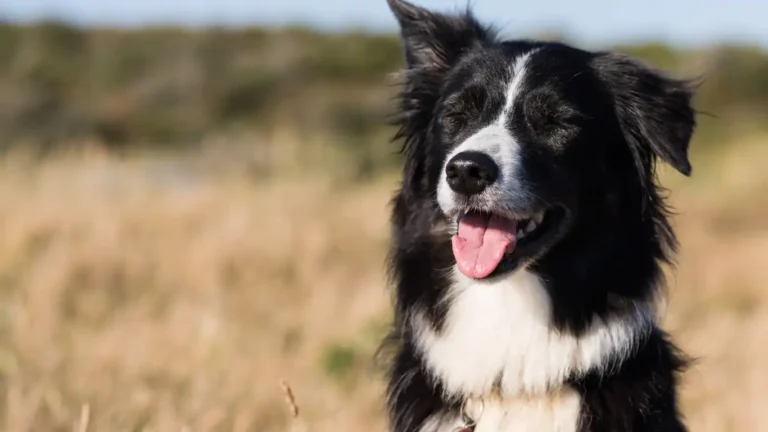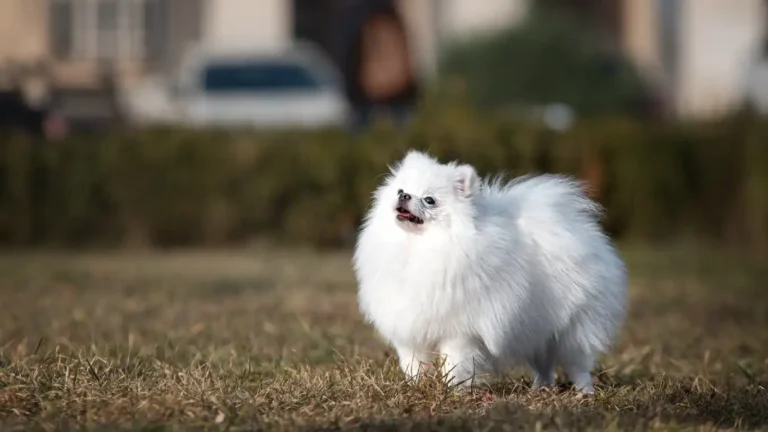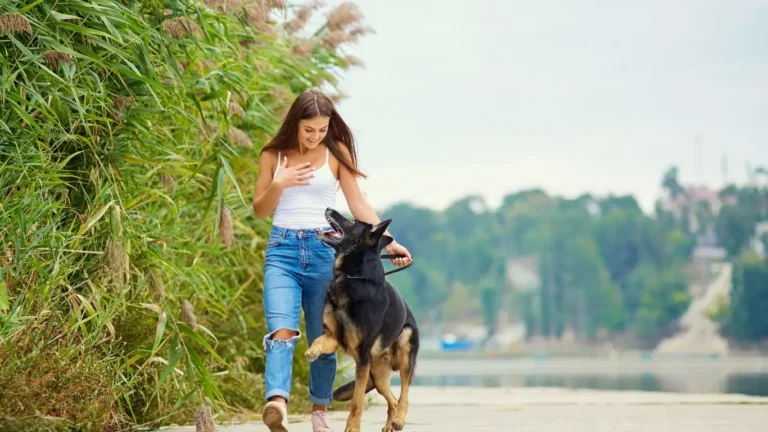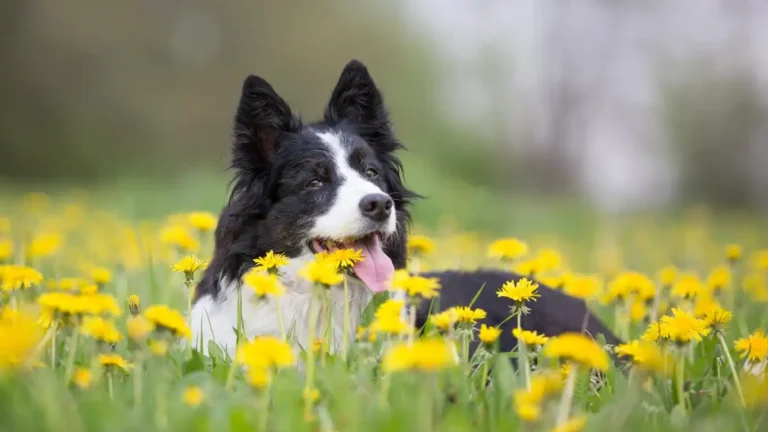Ultimate Guide: How to Teach Your Dog to Settle at Cafés and Parks Easily
If you’ve ever found yourself sipping a flat white at your favorite café while your dog restlessly tries to greet every passing person or squirrel, you’re definitely not alone. As a vet nurse specializing in pet nutrition and behavior, I’ve seen countless pet parents struggle with this exact challenge. That’s why today, we’re diving into a much-needed guide on how to teach your dog to settle at cafés and parks. It’s not just about obedience—it’s about building calm, confident dogs who can hang with us in real-world settings without the chaos. Whether you’re prepping for a lazy weekend brunch or just want your pup to chill while you read in the park, I’ve got you covered with practical, tested strategies.
Why Teaching Settle is a Game-Changer

Teaching your dog to settle is a total quality-of-life upgrade—for both of you. From a behavior standpoint, it helps reduce reactivity, lowers stress, and makes outings enjoyable instead of stressful. I’ve worked with plenty of dogs who barked non-stop or paced nervously in public, but once we implemented settle training, the difference was night and day.
What Does “Settle” Actually Mean?
“Settle” isn’t just a fancy trick—it means your dog can comfortably lie down and relax for extended periods, even in stimulating environments. Think of it like giving them their own version of mindfulness. They’re not in “guard” mode or overstimulated—they’re content, chill, and connected to you.
The Right Mindset for You *and* Your Dog

Your Calm = Their Calm
This might sound cheesy, but your energy totally matters. Dogs pick up on our tension like radar. If you’re anxious that your pup might make a scene, chances are, they’ll act up. That’s why I always tell my clients: take a deep breath, exhale, and act like this outing is no big deal.
It Starts at Home
Before heading out into the bustling world of cafés and parks, the first step in teaching your dog to settle is making sure they understand how to do it at home. If your dog can’t chill on the couch while you watch Netflix, they’re not going to magically do it while pigeons are flying around and someone drops a croissant nearby.
- Introduce a Settle Mat: I like to use a specific mat or towel that becomes your dog’s “chill zone.” It’s portable, familiar, and signals to your dog that it’s time to relax.
- Reward Calmness: Don’t wait for hyperactive energy to spiral—reward your dog when they naturally choose to lay down or relax. You’re reinforcing the vibe you want.
- Start with Short Sessions: I usually begin with just 2-3 minute intervals of quiet time on the mat, gradually increasing the duration as they succeed.
Layer in Low-Key Distractions
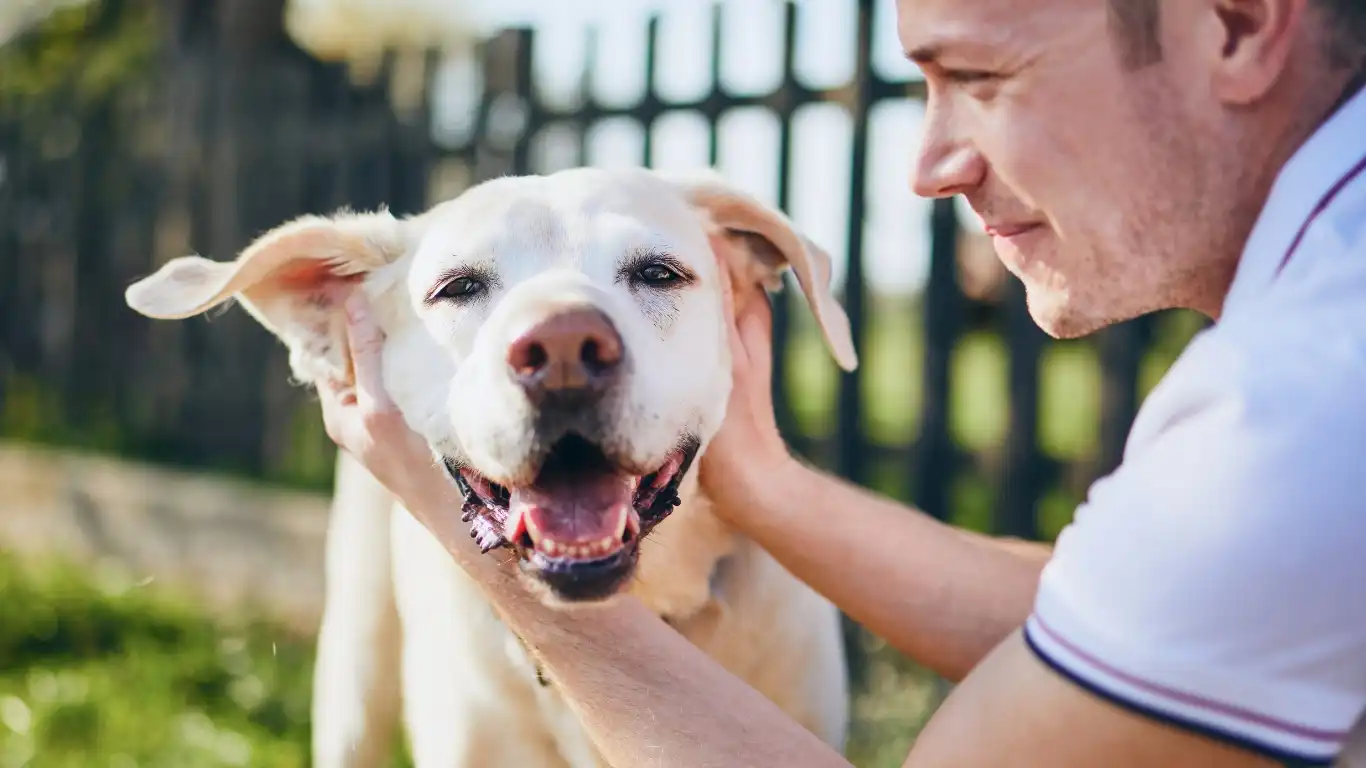
Build Real-Life Skills Gradually
This is the part where you take things up a notch—but carefully. I recommend practicing in the backyard first, or maybe near an open window where your dog can hear but not interact with outside distractions. The goal is to simulate the café or park environment without jumping in head-first.
- Practice with background noise: Try playing YouTube café ambiance or park sounds during training sessions.
- Introduce mild distractions: Have someone walk by holding a toy, or rattle keys at a distance while your pup remains on the mat.
- Keep sessions fun and positive: Short and successful beats long and stressful every time.
Don’t Skip the Nutrition Piece
This is where my nutrition nerd side kicks in. A dog that’s properly nourished—physically and mentally—is far more likely to succeed in behavior training. Dogs who are constantly hungry, hypoglycemic, or loaded up on junky treats can be fidgety and impulsive. I always encourage my clients to focus on balanced diets that support calm energy, like meals rich in omega-3s and slow-digesting proteins.
Also, if you’re using training treats (and you should be), make sure they’re not packed with sugar or artificial ingredients. Some of the popular “high-value” treats are actually full of red dye and low-quality fillers that spike energy levels instead of supporting focus. Go for natural single-ingredient options like freeze-dried liver or boiled chicken breast instead.
Taking Your Training Public: First Café and Park Trips
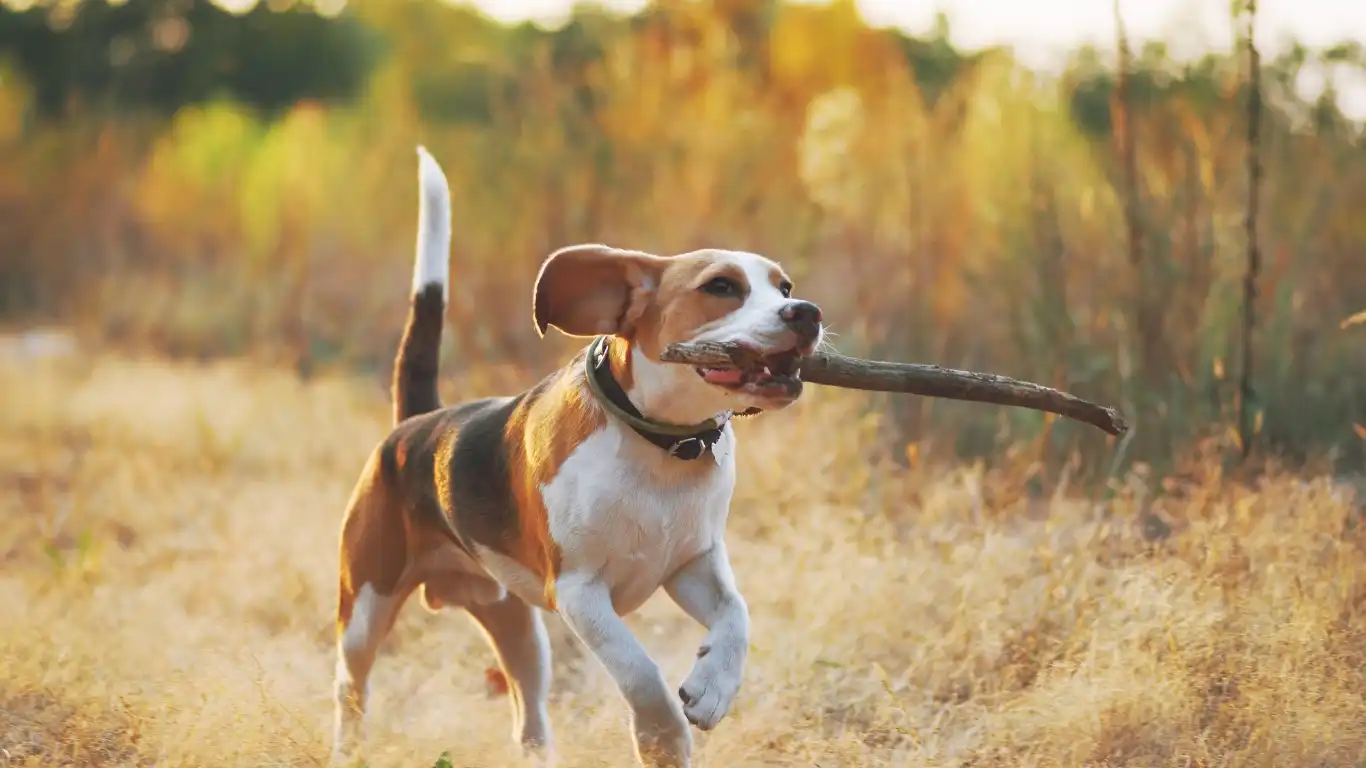
Once your dog’s got the hang of chilling at home and can stay settled through minor distractions, it’s time to hit the road—but go easy. I always tell clients, your dog’s first café or park outing isn’t about perfection; it’s about exposure and small wins. Think of it like puppy preschool—low pressure, big learning potential.
Scout the Right Spot
Don’t just choose the busiest café patio in the city and hope for the best. Start with a quiet, low-traffic location. Early mornings or weekdays tend to be better times. I usually recommend dog-friendly cafés that have ample space between tables so your pup doesn’t feel crowded.
- Pick an outer table where your dog can be beside you, not in the walkway.
- Bring your settle mat and familiar items (chews, water bowl, etc.).
- Limit your stay to 15–20 minutes the first few times.
Mind Their Comfort Zone
Not every dog is going to thrive right away—and that’s okay. I’ve had even well-trained dogs decide that the café scene just wasn’t their jam on a certain day. Respect your dog’s comfort level. If they seem overwhelmed, take a break and try again another time. Remember, the goal is confidence, not pushing them to the edge of their limits.
Using Tools That Support Calm Behavior
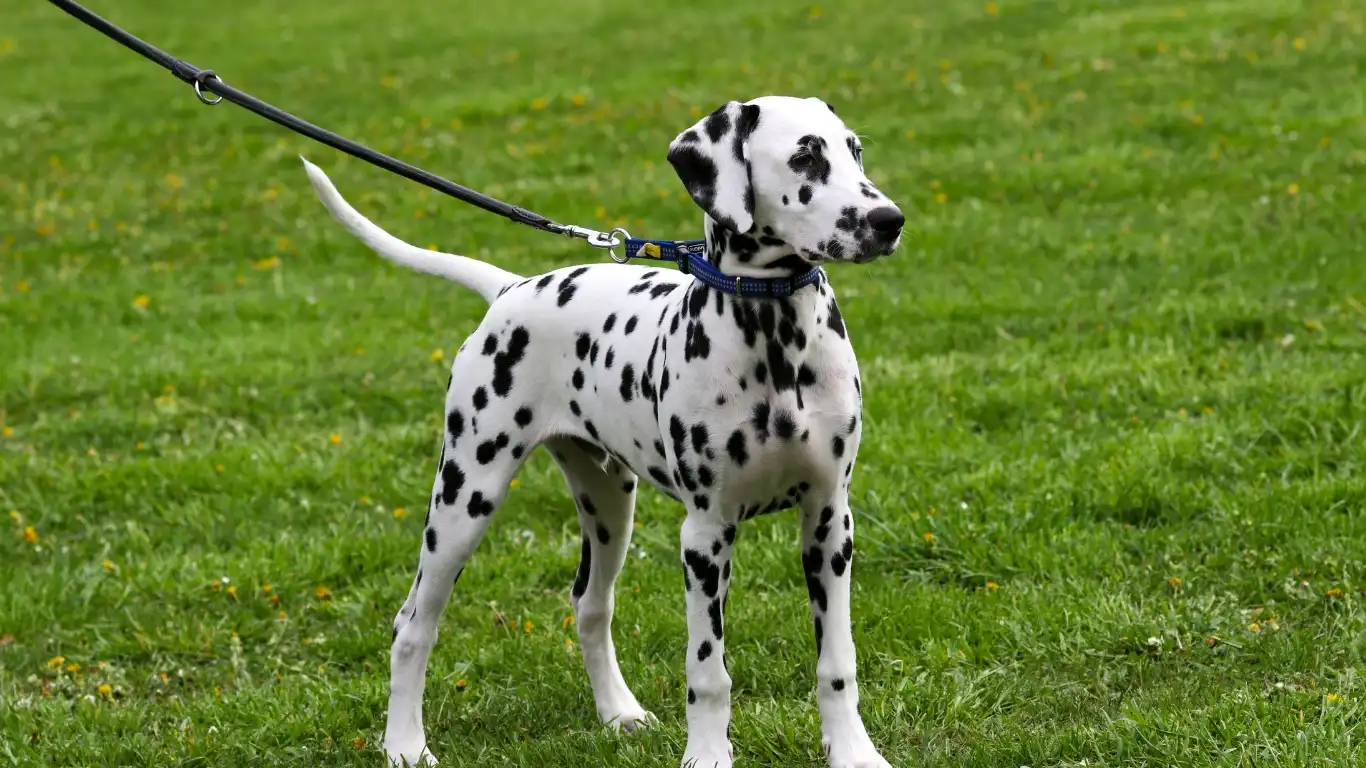
There’s absolutely no shame in using tools to help set your dog up for success. From calming chews to the right type of leash, a few smart additions can make a big difference when you’re working on how to teach your dog to settle at cafés and parks.
Harnesses, Not Collars
When I’m out in public with dogs—especially high-energy or excitable ones—I always use a well-fitted harness. It gives you more control without putting pressure on the neck and makes redirection easier if your pup gets fixated on something like a flapping napkin or squirrel chase.
Snuffle Mats and Chews
One of my secret weapons during longer café visits? Portable snuffle mats or frozen lickable treats. These tools encourage your dog to stay engaged in one place while triggering calming behaviors through licking and sniffing. Just make sure to keep your pup’s nutritional needs in mind—I opt for single-ingredient chews like dehydrated sweet potato or goat horn over processed stuff.
Calming Supplements
If you’ve got a particularly anxious dog, talk to your vet about natural calming options. I’ve seen success with clients who used veterinary-approved products like L-theanine, Zylkene, or even CBD (make sure it’s pet-safe and properly dosed). They don’t sedate your dog; they just take the edge off.
Reinforce Calmness Consistently

Catch Calm Moments, Not Just Cues
This is something I constantly remind pet parents—don’t only reward your dog when they respond to a command. Also reward when they make good choices on their own. If your pup settles quietly without being told? That’s jackpot behavior. Toss a treat or give calm praise to reinforce it. Dogs thrive on clear feedback.
Don’t Overuse Verbal Cues
It’s tempting to keep saying “settle,” “stay,” or “leave it” over and over again. But honestly? The less you say, the more powerful your words become. Let your actions, posture, and environment do most of the talking. I usually wait for a moment of calm, then mark it with a calm “good,” followed by a treat or a gentle head scratch.
Practice Makes… Progress
Expect ups and downs. Just like people, dogs have off days. Maybe a loud motorcycle freaks them out, or a toddler runs up too fast. It happens. The key is consistency. Each outing builds their experience bank—and yours, too. I still learn something new every time I take a dog into a public space.
- Keep outings short and sweet to prevent overstimulation.
- Use high-value rewards that your dog only gets during settle sessions.
- End on a good note, even if it’s earlier than planned.
Just remember: you’re not just teaching your dog to settle in public—you’re strengthening your bond, building trust, and shaping a lifelong companion who can confidently be part of your everyday adventures.
Advanced Tips for Lasting Success in Cafés and Parks
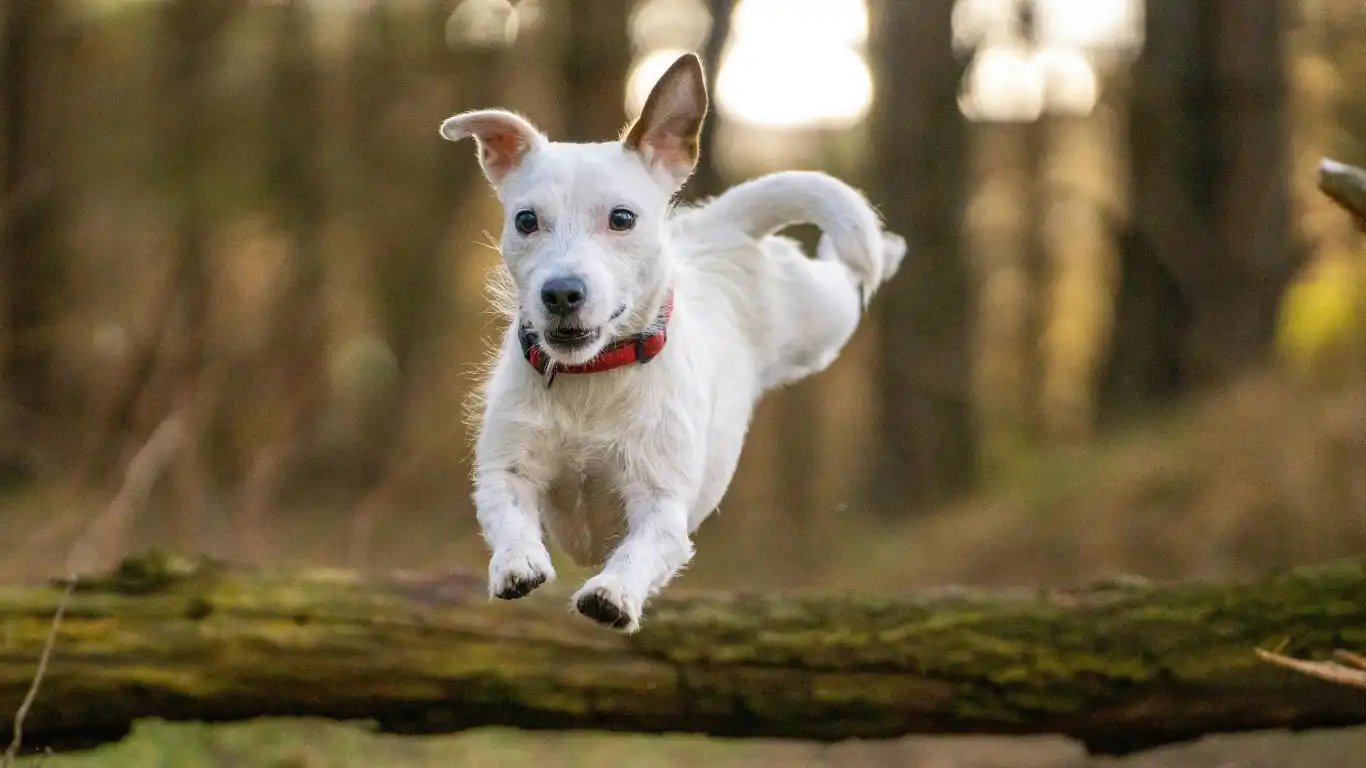
So, you’ve got your dog settling well at home, and short outings to cafés and parks are going smoothly—awesome! Now, it’s all about maintaining that calm vibe consistently and handling new challenges as they come. Over the years working as a veterinary technician and nutrition specialist, I’ve seen that even the most well-behaved dogs can hit snags. The good news? There are ways to keep your progress solid without stress.
Rotate Locations to Build Generalization
Dogs can be masters of “context-specific” behavior, meaning they settle perfectly at one café but flip out at another. To avoid this, try varying your practice spots. Visit different parks, cafés, or outdoor areas so your dog learns that “settle” means the same thing anywhere. It also keeps things fresh and fun for both of you.
One little trick I swear by is bringing the same settle mat and a few familiar toys or treats everywhere. This consistency in “props” helps your dog anchor their calm behavior even when the surroundings change dramatically.
Reading Your Dog’s Signals
Every dog sends subtle signals when they’re overwhelmed or stressed. As someone who’s worked hands-on with many pups, I can’t stress enough how important it is to become a student of your dog’s body language. Signs like yawning, lip licking, turning their head away, or shifting weight are often early warnings.
If you catch those signs early, you can proactively redirect or take a break before things escalate. I often tell my clients: “Your dog’s whisper is easier to manage than their shout.” This approach not only prevents bad behavior but also strengthens your bond and trust.
Creating a Positive Routine Around Settling
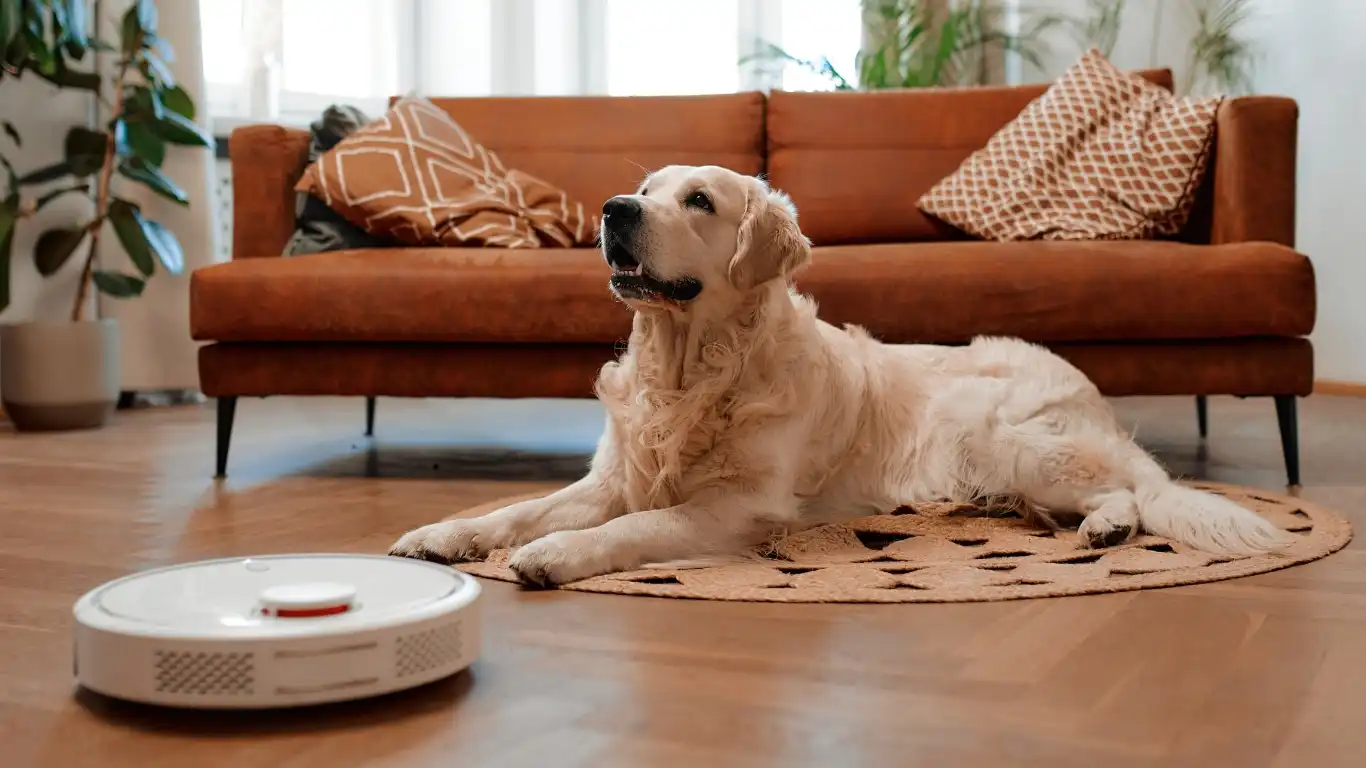
Consistency is Your Best Friend
Training is less about a one-time fix and more about creating reliable habits. The more often you practice settling in different environments, the easier it becomes for your dog to switch into that calm mode. Think of it as building a muscle. When you keep sessions short, positive, and consistent, your dog’s brain starts to naturally associate cafés and parks with chill time.
Incorporate Settling into Daily Walks
Don’t limit settle training to just special outings. Use regular walks as opportunities to practice. If your dog tends to pull or get distracted, pause regularly and ask for a settle on a mat or even just on the ground beside you. Reward the calm behavior with treats or affection. Over time, these little pauses teach your dog that relaxing around distractions is always expected, not just when you’re at a café.
Keep the Training Fun and Stress-Free
One of the biggest traps is making training feel like a chore—for you and your dog. I always advise pet parents to keep sessions lighthearted. Celebrate small victories and never push too hard if your dog is having an off day. Remember, your tone and energy shape the experience, so aim for lots of encouragement and patience.
Common Challenges and How to Overcome Them
Excitement Around Other Dogs or People
It’s totally normal for dogs to get amped up when they see new friends, but it can be a big hurdle when you want them to settle. A strategy I use is to keep enough distance initially and reward calm behavior at that distance. Gradually, as your dog learns to stay settled, you can decrease the gap.
Barking or Whining in Public
Sometimes barking or whining is a call for attention or an expression of anxiety. Instead of scolding, which can increase stress, try redirecting your dog’s attention with a favorite toy or treat. Teaching an incompatible behavior like “look at me” or “touch” can also break their focus on whatever’s triggering the noise.
Restlessness After Long Periods
If your dog gets restless after a while, it might mean it’s time to move. Incorporate short breaks where your dog can stretch and sniff around before returning to settle training. This balances mental calmness with physical needs.
Final Thoughts on Building a Calm Canine Companion
From my years in the veterinary field and hands-on nutrition work, I’ve learned that teaching your dog to settle is about patience, understanding, and a holistic approach. The right mindset, positive reinforcement, good nutrition, and realistic expectations come together to create dogs who aren’t just obedient but truly comfortable in their skin—and in public.
So, take it one step at a time, celebrate every calm moment, and enjoy the journey with your furry best friend. You’re not just training behavior—you’re strengthening a lifelong friendship.
References
- American Society for the Prevention of Cruelty to Animals (ASPCA)
- American Veterinary Medical Association (AVMA)
- American Kennel Club (AKC)
Disclaimer
This article is intended for informational purposes only and should not replace professional veterinary advice. Always consult with your veterinarian or a certified dog trainer before starting any new training program or introducing supplements to your pet’s diet. Individual dogs have unique needs and temperaments that may require tailored approaches.

